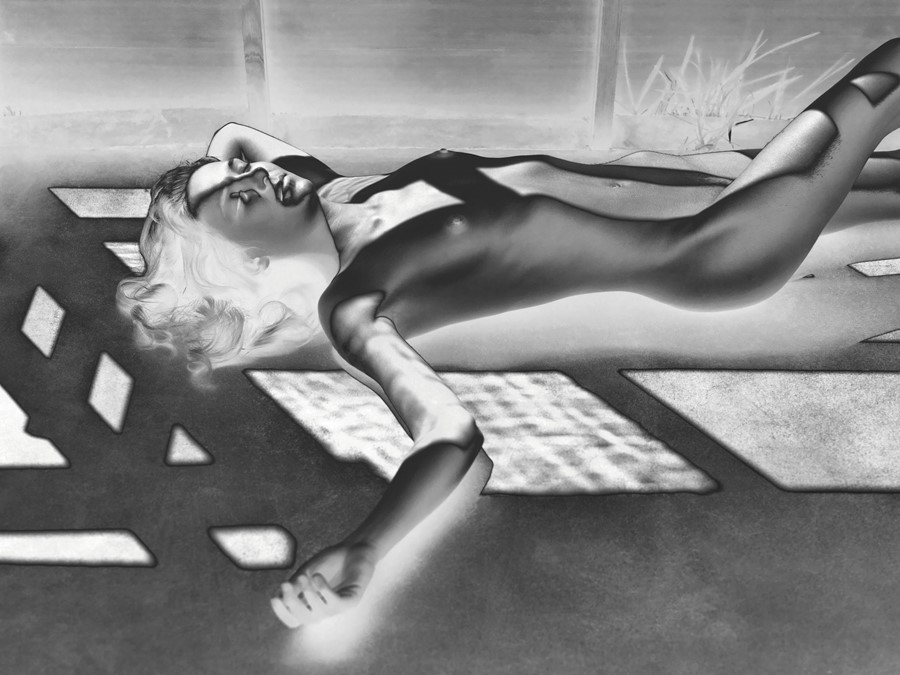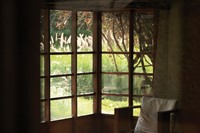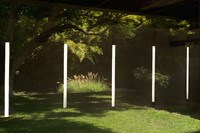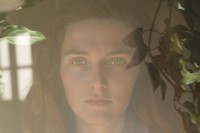After stumbling upon love letters penned by modernist architect Rudolph M Schindler in the 1920s, Mona Kuhn began reimagining his lost beau through photography
After moving to Los Angeles in 2005, photographer Mona Kuhn noticed something rather unusual on her visits to the Schindler House in West Hollywood. “It always felt very personal and familiar to me. It was a house my grandparents could have lived in and I felt at home in a weird way,” Kuhn tells AnOther. The modernist house was built by Austrian architect Rudolph M. Schindler in 1922, and quickly became a hub for leading artists and intellectuals of the times.
After receiving an invitation to photograph at Schindler House, Kuhn began feeling her way through the space, spending some five years exploring the mysterious pull she felt. Kuhn stumbled upon a clue while delving into Schindler’s private archives at the Department of History of Art and Architecture at UC Santa Barbara. There, amid a sea of blueprints, letters, and lecture notes, she discovered two letters written to an unnamed woman that marked the end of a love affair.
“I was swimming in all this information and realised this was my way into the project,” says Kuhn. For the new book and exhibition 835 Kings Road, Kuhn embarked on a journey across time and space to reunite these star-crossed lovers at Schindler House. Pairing moody atmospheric photographs of the house that represent Schindler with solarised portraits of longtime model Viva, Kuhn’s work evokes the mystical beauty of true love. Here Kuhn speaks about love, loss, longing, and the timeless desire for connection.
“From the beginning, I felt a soul connection to the house and needed to know more about the architect. With the archives I could go back in time to 1920s, 1930s, and 1940s Los Angeles to learn more about him. Being German-Brazilian, I was able to read the letters in German and English, and could see the same conversations we had in my own family growing up. I felt as if we all were sitting at the same table again.
“Schindler led a very interesting life and kept a record of everything. The architectural blueprints were beautiful. His relationship with architects Frank Lloyd Wright and Richard Neutra was very interesting. Suddenly, at the very end, I found a little folder of unpublished letters. I opened them and realised there was a certain delicacy; they were very intimate and not made to be presented to his colleagues. They were the personal thoughts he had about himself: his inspirations, anxieties, and limitations.
“Among them I found two letters he wrote in a way that seemed like a breakup. At some point, they were very much in love but because of the circumstances of the time that love could not be fulfilled. Schindler was telling her she should be free and find someone who could give her more; she needed to move on and find her own treasures in life. I thought that those letters were his nudes, his thoughts presented in a bare manner. The paper he was using was almost translucent and had turned yellow so it had the quality of bare skin with the wrinkles of time.
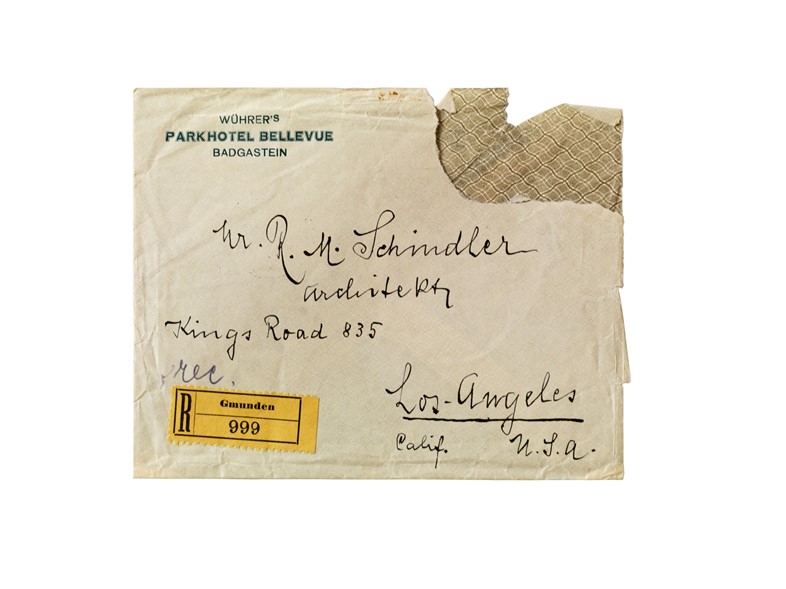
“The house, which was made with concrete, also has wrinkles, and I started to think of the house as his body. I didn’t photograph the house technically perfectly. I made the slits in the concert look like totems of light, almost like floating figures. Then I brought in Schindler’s handwritten correspondence, notes before the lecture to show the human inside the architect.
“I wanted to create a story, to create this woman, and bring them back together in a visual poetic way. When we were photographing, we were thinking of how this woman crosses time and space to meet Schindler again in this house where she was never really able to come stay with him.
“Thinking about how to have a figure cross the elements of time and space, I remembered how they were together in the 1920s, which coincides with photo surrealism. Lee Miller, Man Ray’s muse and a photographer in her own right, helped him in the studio. She had an accident in the darkroom, flicked the light, and that was the birth of solarisation. I realised that’s what I needed to do to address the moment in time and her dematerialising. Because of the solarisation, it looks like she’s partially there and the other half disappears in the process.
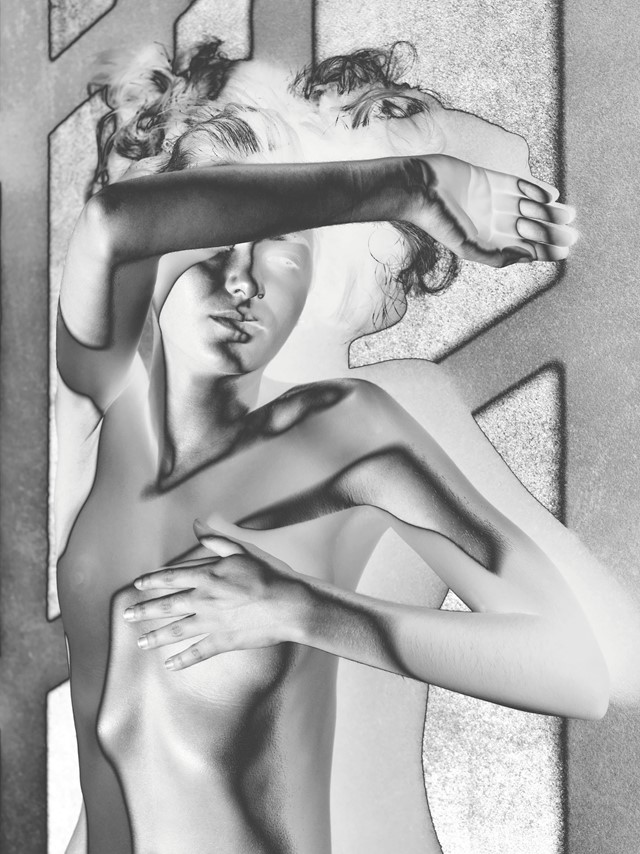
“It’s as if she came back to life, but he didn’t. There is a tragic moment in the opera Madame Butterfly where she realises she waited her whole life for the soldier to return – only to find out his life went on and she stayed behind. We felt that longing for something that could have been perfect but was impossible because of the element of time. He wanted to, but he just couldn’t be with her.”
Mona Kuhn: 835 Kings Road, curated by Dr. Silvia Perea, is on view at the Arts Art, Design and Architecture Museum in Los Angeles through May 1, 2022. The book will be published by Steidl on February 15, 2022.
